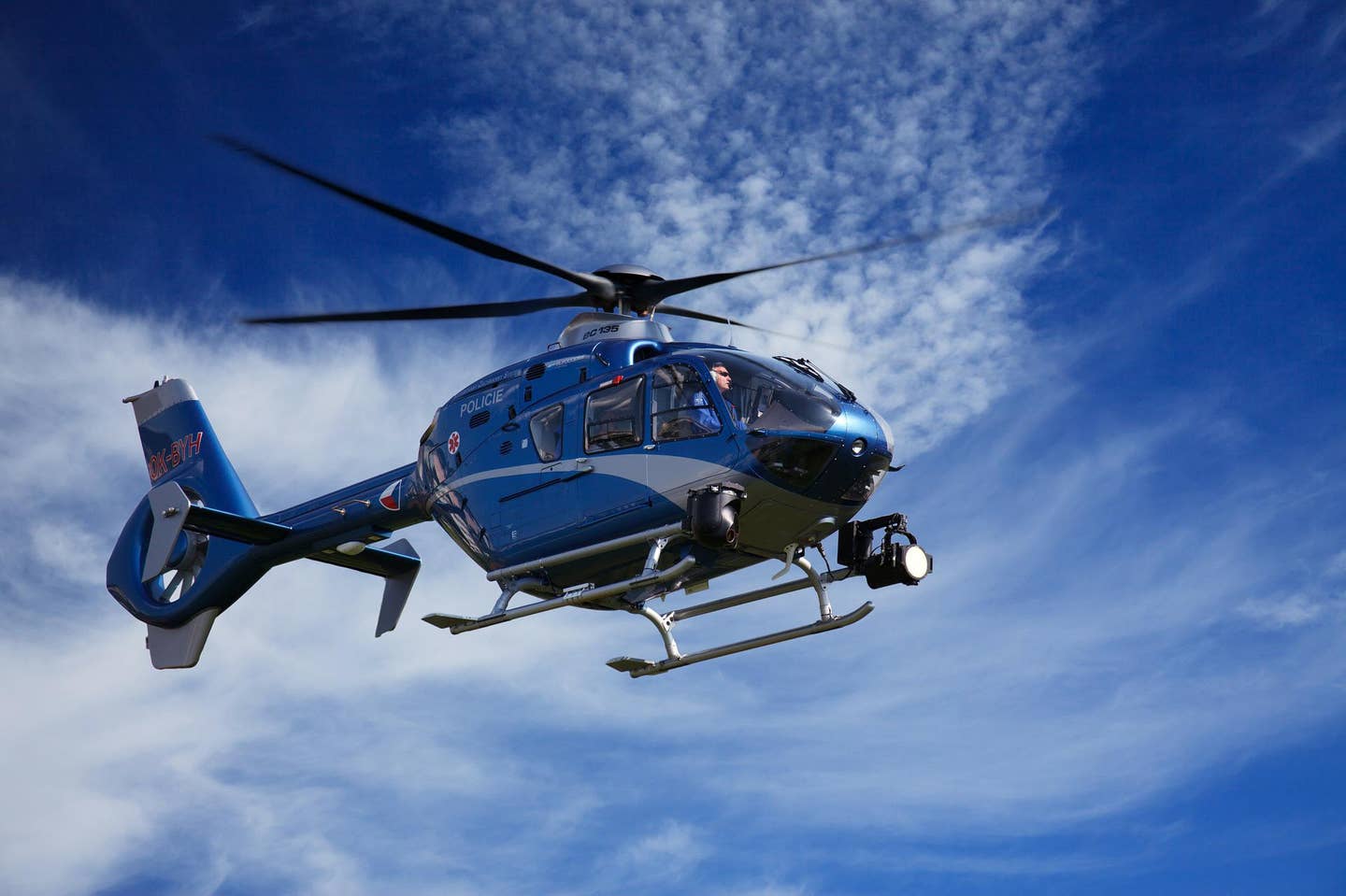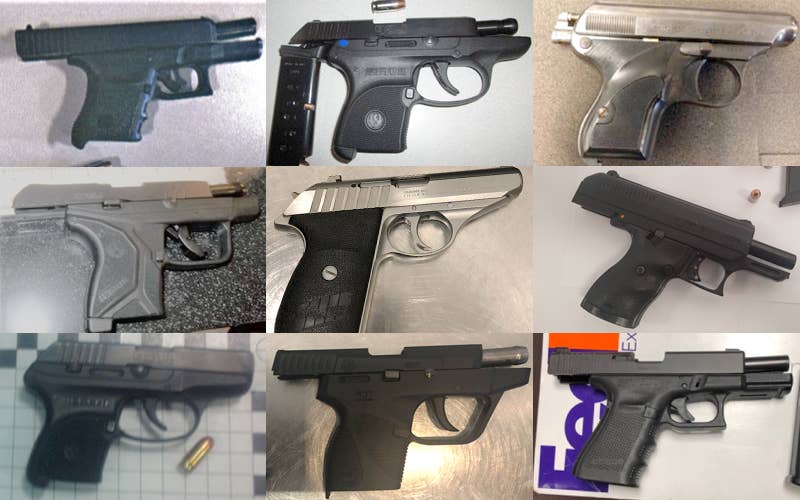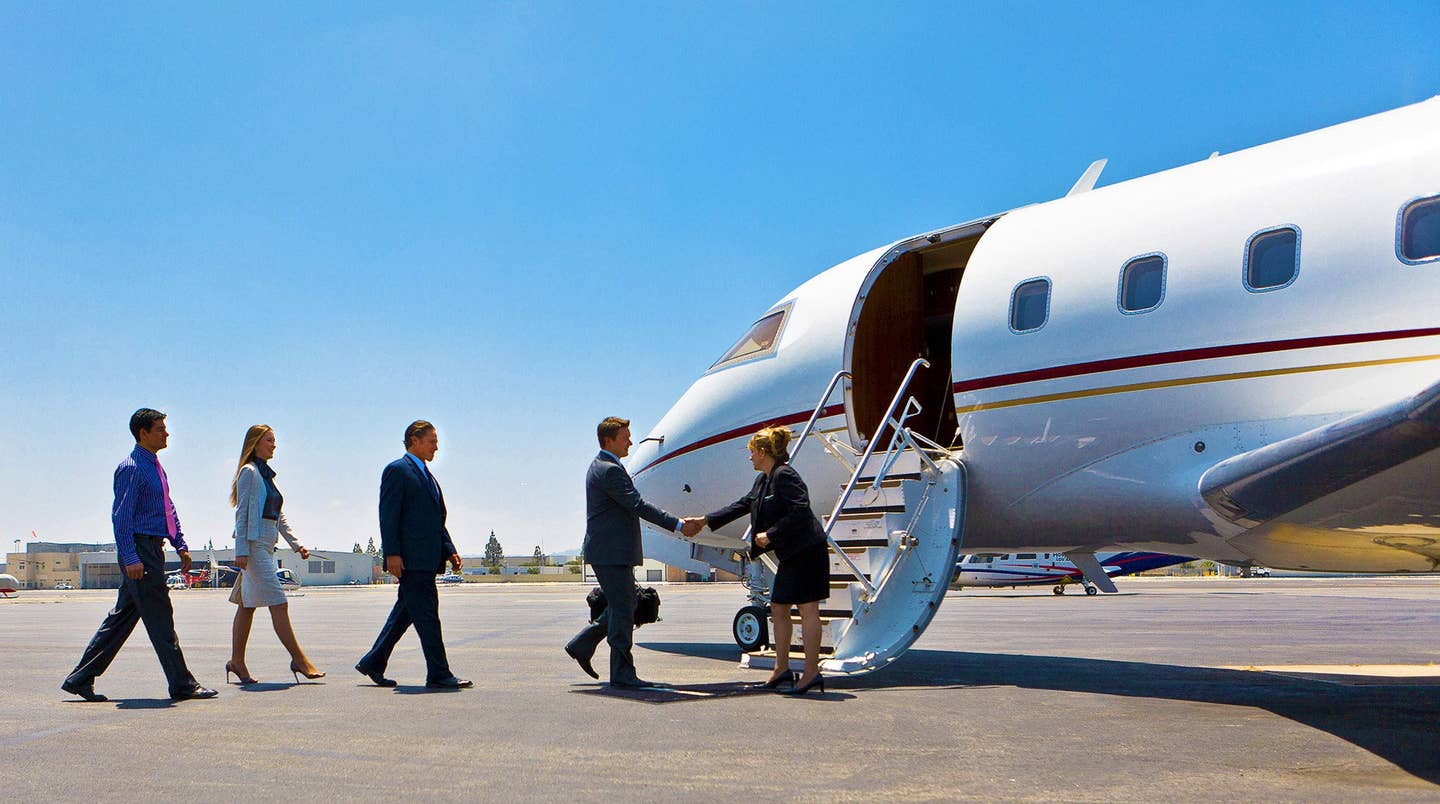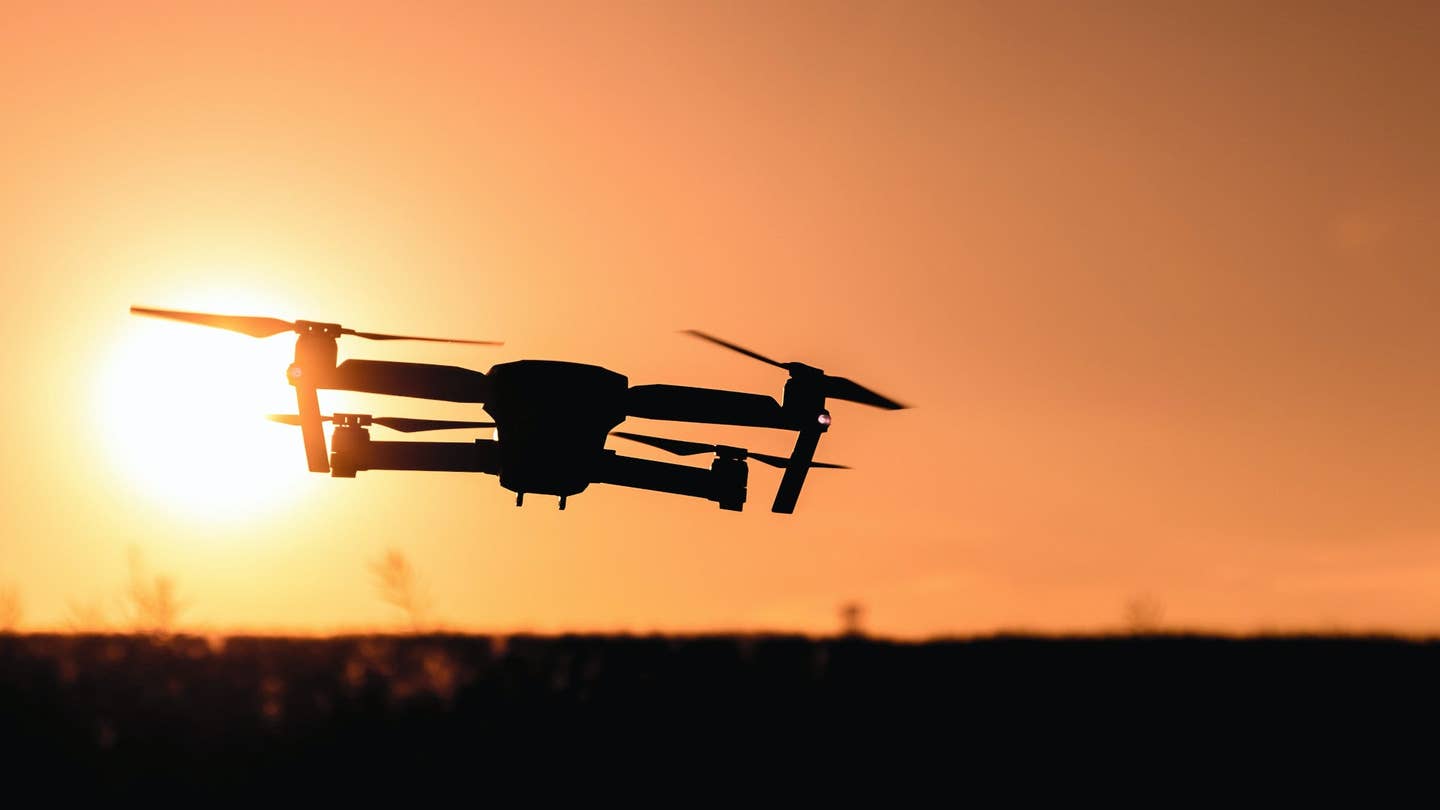
You might be wondering how thrilling it would be to fly in a helicopter and take in the scenery from above. If you haven’t had the opportunity to do so, I’m sure you have a lot of questions regarding helicopters. [Credit: Unsplash]
Did you know a helicopter first flew across the Atlantic ocean in 1952? That’s an insane distance. While it’s possible to fly such distances in a helicopter, that journey required a total of nine in-flight refuels.
Helicopters nowadays fly an average distance of anywhere between 250 to 400 miles on a single tank. There are, however, better-equipped helicopters, such as certain military helicopters, that can reach up to 1200 miles.
That increased range of flight is due to several factors such as make, type, weight, and the amount of fuel they carry. And let’s not forget about the weather.
Legal Requirements for Flight Range
A few things can influence your flight range, such as legal regulations and weather conditions. Be sure to check local regulations before lift-off.
● Flight range will be significantly impaired when flying during bad weather.
● You are not allowed to fly on or over private property, such as business premises.
● You are not allowed to fly in areas with heavy air traffic, like commercial airports
● Unless you have special permission, you are not allowed to cross borders in a helicopter.
● Customs regulations on your route can also hinder your flight range.
What Affects How Far a Helicopter Can Fly?
Several things affect how far a helicopter can fly, such as the type, weight, size of the fuel tank, weather conditions, and speed you travel.
Type of Helicopter
There are different types of helicopters designed for various purposes. For example, there are military, commercial, and private helicopters.
Helicopters that transport cargo or many passengers will be heavier, and therefore have a smaller flight range. In contrast, private helicopters are usually smaller and lighter, allowing them a more extensive flight range.
On the other hand, military helicopters are a section apart since most can be refueled in flight, dynamically affecting their flight range.
Weight
The weight of a helicopter will determine how much power it needs to produce to keep itself afloat and how much fuel it will burn through. Generally speaking, the heavier the helicopter, the smaller the flight range.
However, if the higher weight is due to a large fuel tank or additional fuel tanks, a heavy helicopter will still have a long flight range.
Fuel Tank Size
Having a large fuel tank means the helicopter can run for longer before needing to refuel. Larger tanks usually mean a more extensive flight range. However, it also depends on engine efficiency. Having more fuel will also allow the helicopter to fly at higher speeds for a longer period.
Any Additional Fuel Tanks
Some Helicopters come with additional fuel tanks to keep the engine running for longer, drastically increasing flight range. Likewise, heavier helicopters will often have extra fuel tanks to offset the decreased flight range due to weight.
Engine
A significant factor in flight range is engine efficiency, power, and weight. Having an efficient engine means you require less fuel to reach your destination. A powerful engine means the helicopter can fly at higher speeds, but this usually increases fuel usage. Finally, heavy engines generally mean there’s less of your weight limit left to carry fuel, resulting in a diminished flight range.
Weather
Weather conditions can also affect your effective flight range. For example, having crosswinds or headwinds will slow down the helicopter, whereas tailwinds will dramatically increase your flight range by speeding up the helicopter.
Piloting a helicopter in snow, fog, or rain can affect visibility meaning the pilot must exercise more caution and most likely slow down. This means bad weather would also reduce the distance traveled.
Speed
Just like a car, the fuel usage varies depending on the speed at which you’re flying. Therefore, depending on engine efficiency, the engine will start to consume more fuel the faster it flies.
You should note, however, that a helicopter uses more fuel while hovering as opposed to flying. This is because while hovering, the helicopter’s engine requires more power to overcome drag.
Flight Path
Having a straight flight path without interruptions, sharp turns, or reasons to slow down will result in a higher flight range than one where you are required to slow down often or hover at times.
Especially having to hover will increase fuel usage, which will reduce your effective flight range.
How Can a Helicopter Increase Its Range?
There are a few ways you can increase a helicopter’s flight range. Primarily this comes down to the type of helicopter you’re flying, however flying in favorable weather conditions helps as well. Other solutions include;
- Having a lightweight helicopter
- Carrying large amounts of fuel
- Flying a helicopter with a fuel-efficient engine
- Choosing an aerodynamic design without extra props that can create drag
- Flying in tailwinds
How High Can a Helicopter Fly?
Helicopters generally fly at the height of approximately 500 feet. This height is considered the standard for safety considerations. However, helicopters can easily fly higher than that, up to heights of 5000 feet!
Any higher than this, and you would have to fly a special-purpose helicopter. Some of these high-altitude helicopters can reach heights of 14.000 feet, at which point it will require a source of oxygen to go higher.
The density of air and the concentration of oxygen becomes lower the higher you fly. Therefore, to fly above 14.000 feet without having symptoms of hypoxia, you will require an independent oxygen source. The lower density of air can also affect the helicopter’s ability to fly. As a result, you need special equipment to reach extremely high altitudes.
The current record of the highest flown helicopter belongs to Fred North, who flew to an altitude of 42.500 feet.
Flying Further
So how far can a helicopter fly? It comes down to what kind of helicopter you’re flying, but the minimum distance they’ll fly is around 250 miles. With specialized equipment, good weather conditions, and high fuel reserves, pilots can stretch this out to about 1200 miles. Of course, this is without any in-flight re-fuels!
For the latest information about aviation and more, check out FLYING Magazine.

Subscribe to Our Newsletter
Get the latest FLYING stories delivered directly to your inbox






